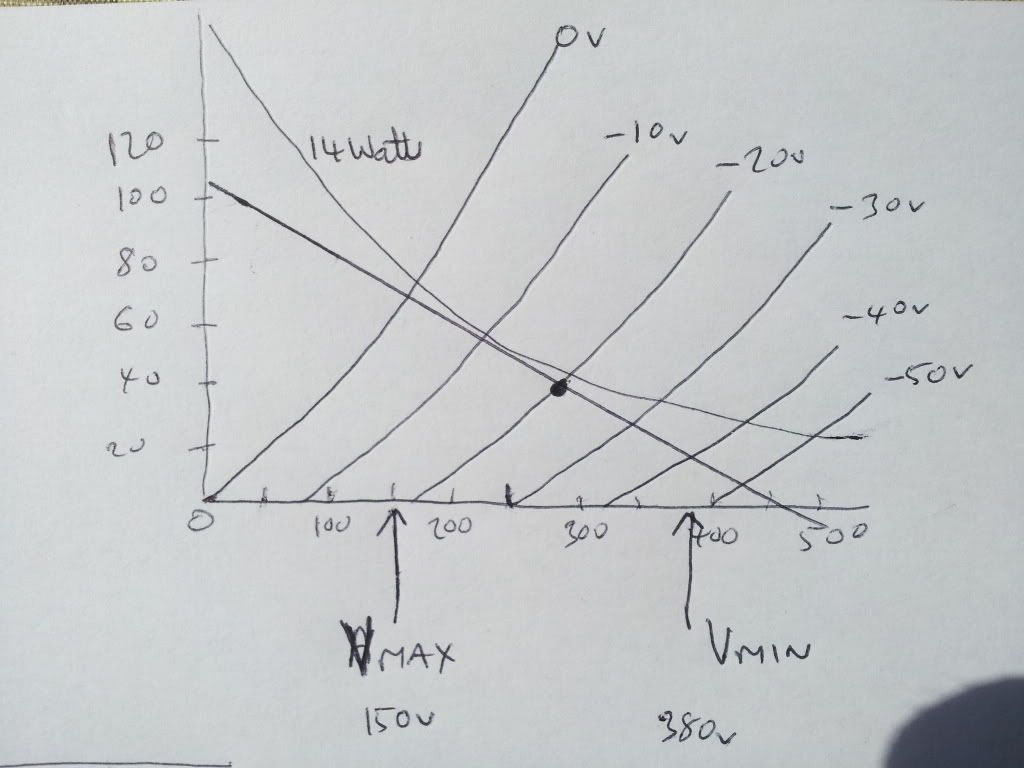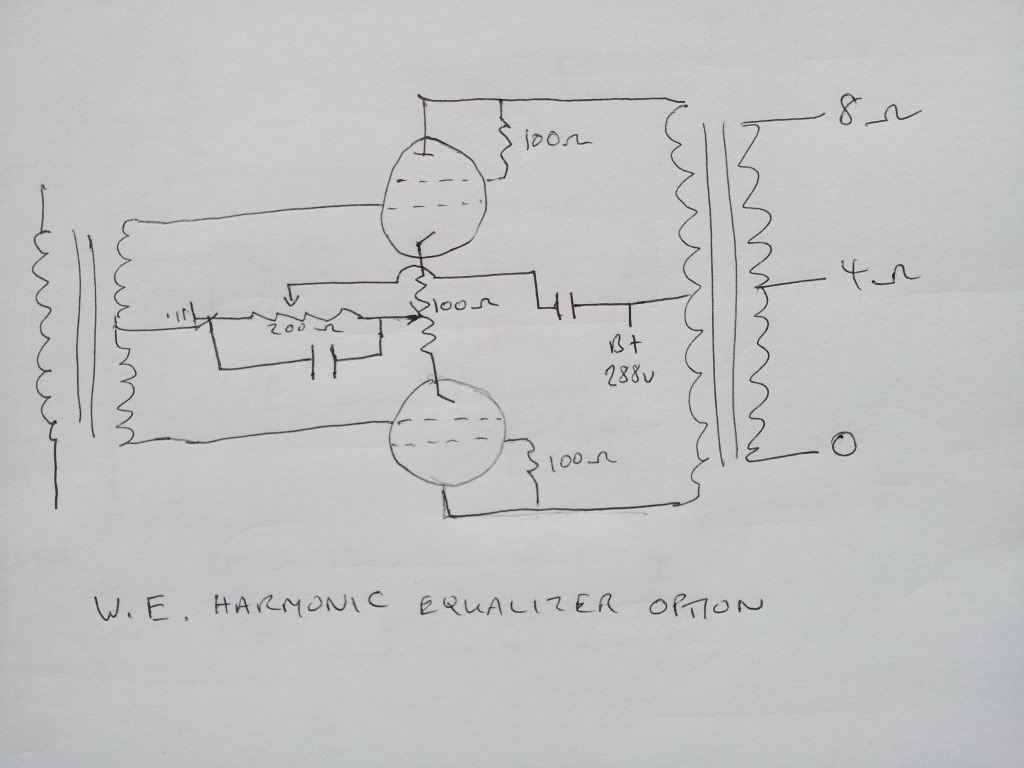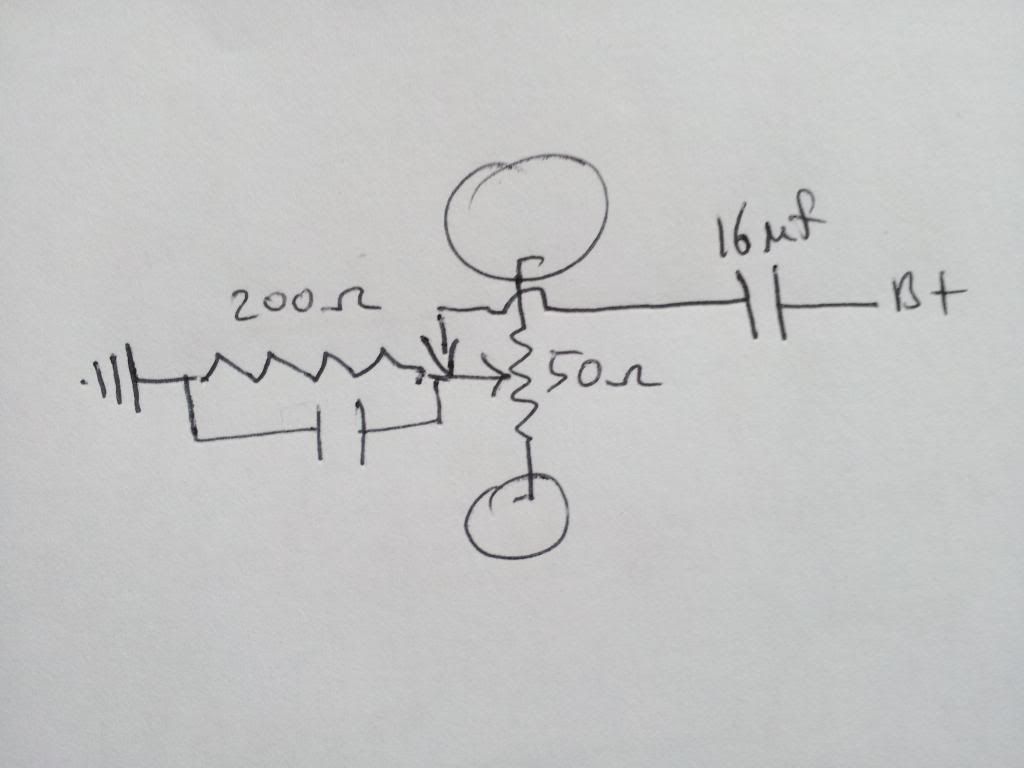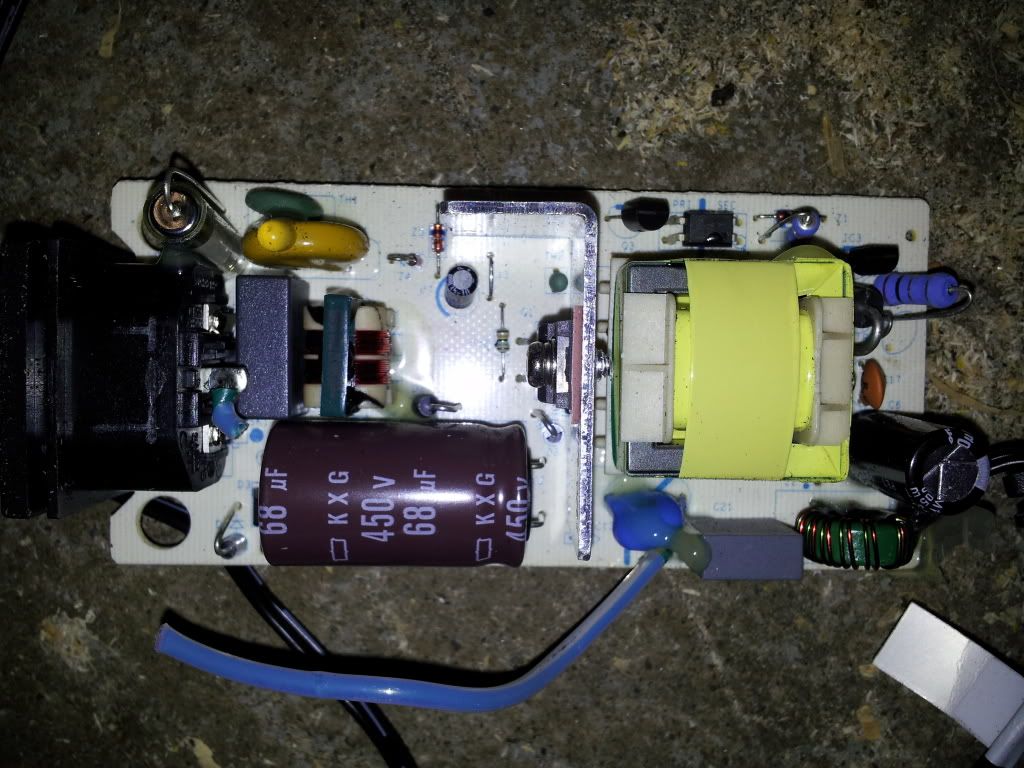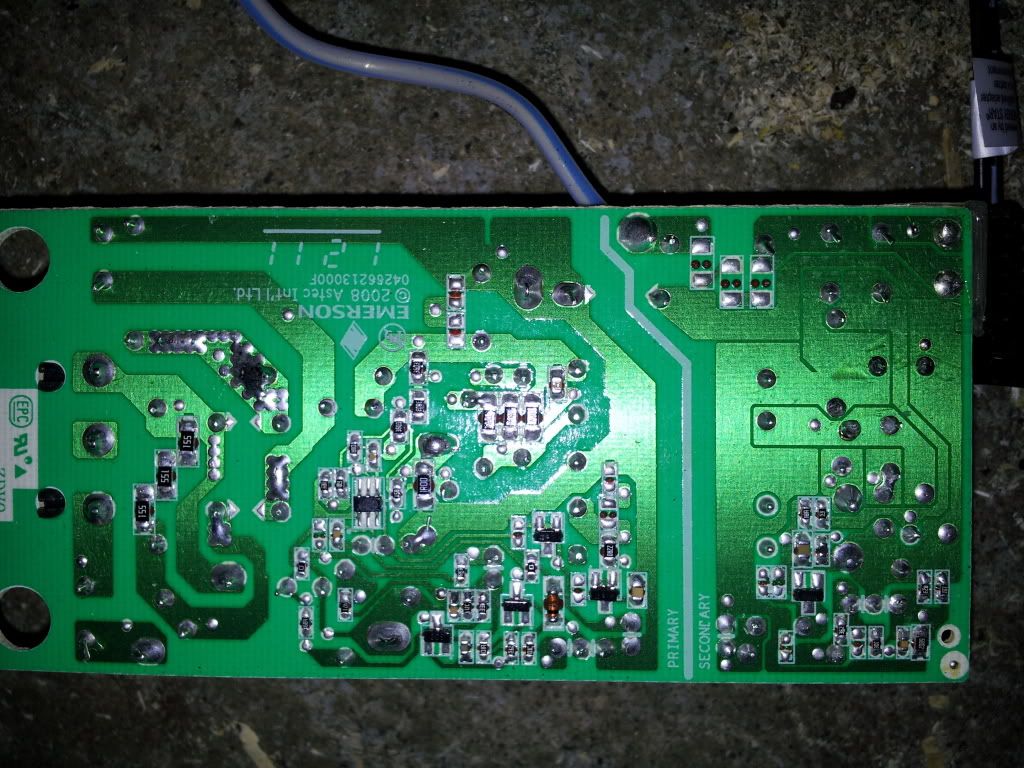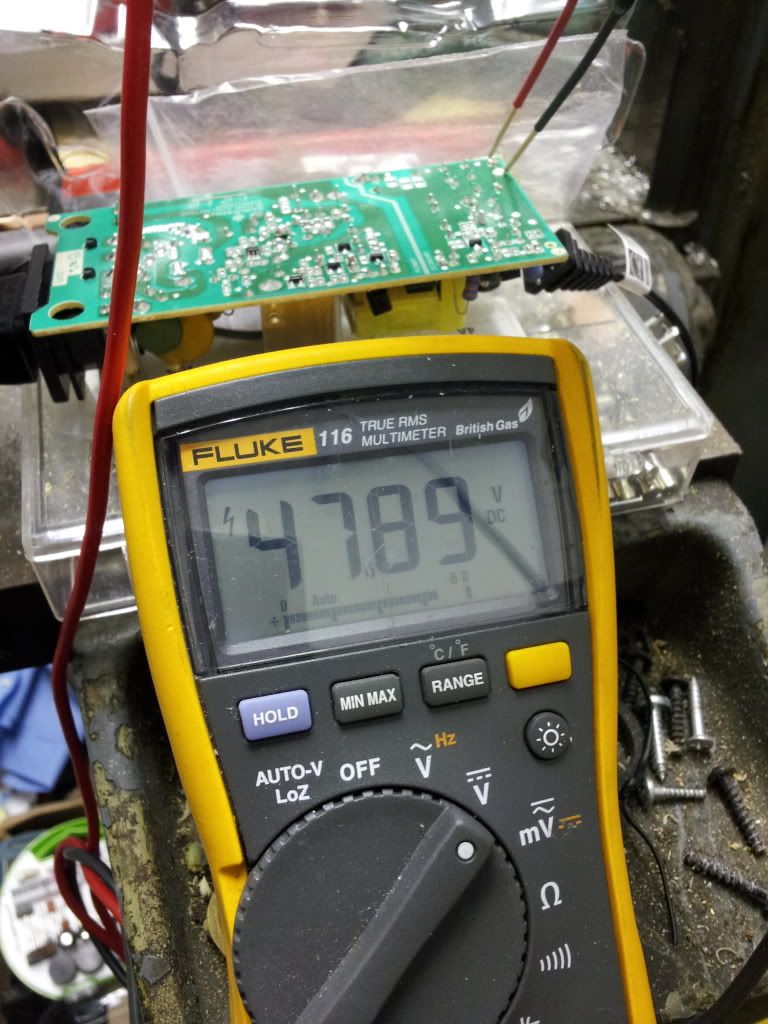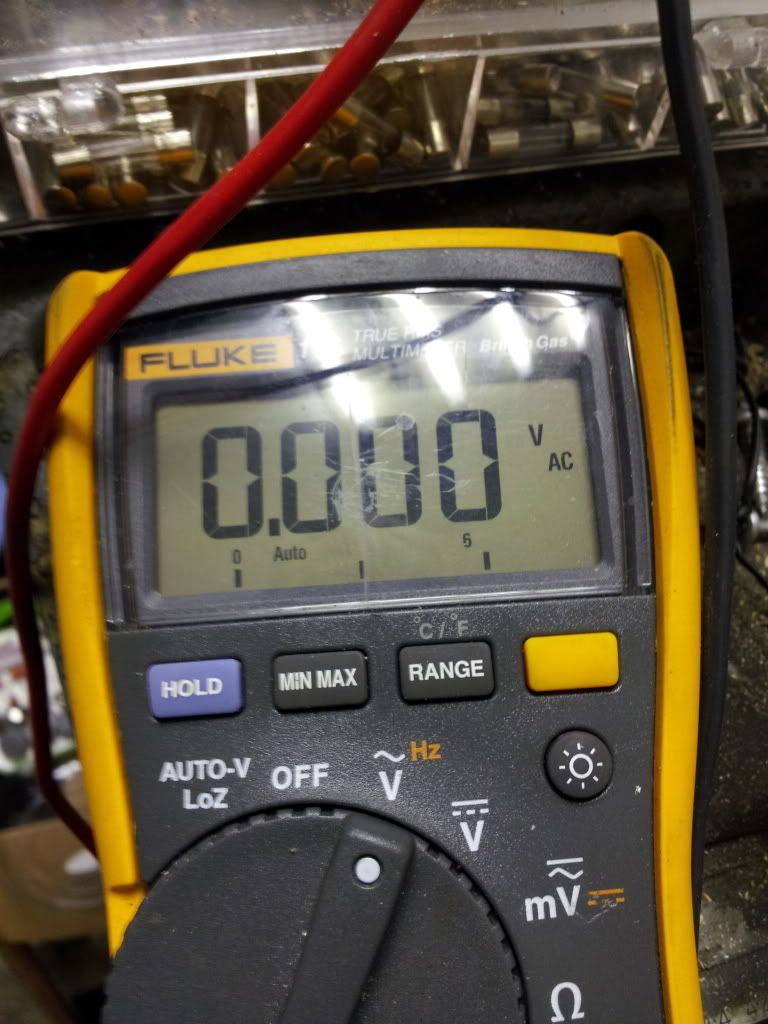It is a budget project, not a best amp anyone could ever make. No disrespect to anyone but both sets of transformers were obtained cheaply and I am sure will make a good sounding project, which yes surely would be improved with more expensive iron.
So as a digression into push pull. I thought if I hold on to my loved 6em7 I can direct couple the VA to the driver using the classic methods. The Cisco power supply discovered link at bottom of page, allowing us to pick off voltages wherever we wish.
I would have liked to have incorporated WE harmonisation but am unfamiliar with it. I realise it was used by WE at the interstage and at the output stage transformers, but a scan of their circuits has left me somewhat awestruck at the apparent complexity. further reading on the matter implies it requires careful adjustment and at any given signal level it will give a different result. I imagine some form of adjustment plus connection to Andrews distortion analyser would produce fruit. But rather than just plump for it in an amateur way I shall await suggestions from the experienced in these matters.
It has occured to me through the process that a pentode VA would be beneficial in this case, such as that I used in the 6v6 guitar amp project. But the ease of using a single octal plug in the 6em7 for both sections prior to the interstage satisifes my need for simplicity and speed.
the output stage has adjustment on the cathode for current balancing. You could add a small fixed resistor to each leg for measurement. I would be content to use the opt primary (having first established dc resistance of each leg to calculate current). The majority of the bias is fixed for the simple reason that I don't mind allowing the output stage to slip over into AB2 marginally at peaks, though it is primarily biased for maximum power in A1. So in short it is an A1 design which will clip gracefully like does an SET.
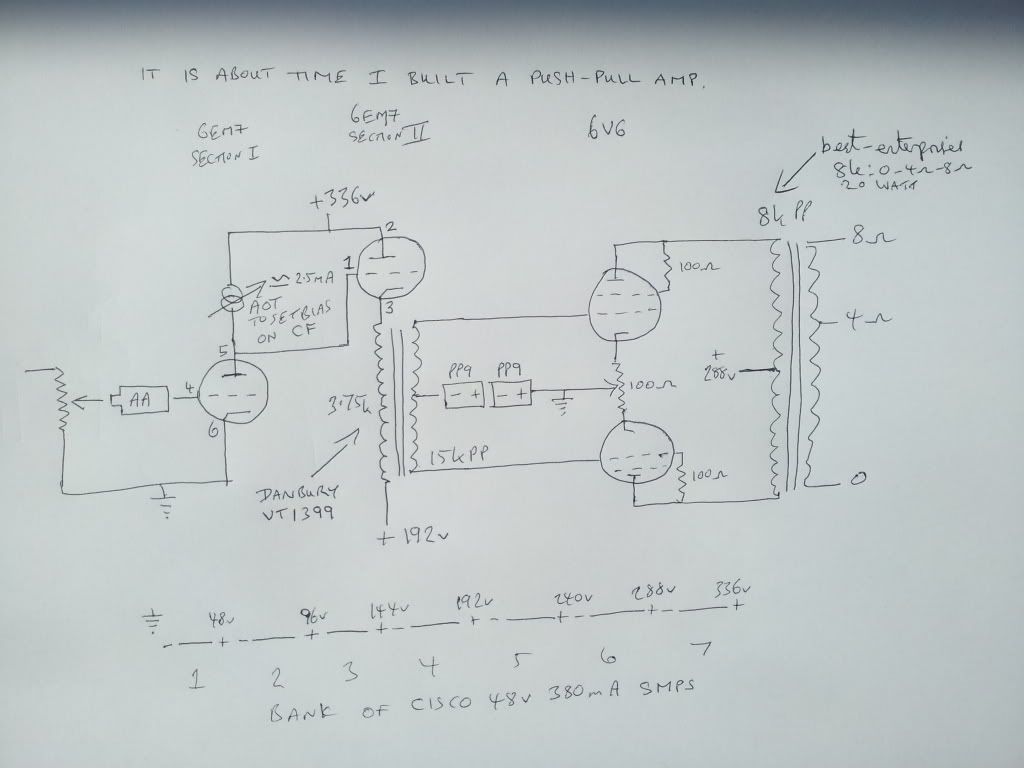
Cisco power first seen here.
